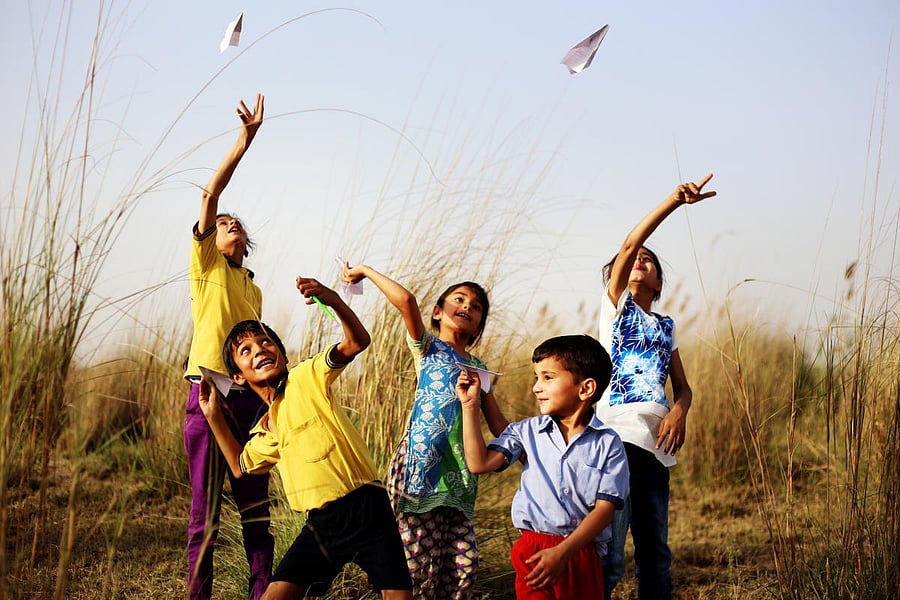
India has done well to reduce its child mortality rate, but the health and wellbeing of infants and children still remains a major challenge. Studies on child survival by the India State Level Disease Burden Initiative have found that the country’s under-5 mortality rate dropped by 49% between 2000 and 2017, but there is a six-fold variation in the rate between states and an 11-fold variation between various districts. Neonatal mortality rate (deaths within a month after birth) dropped by 38% since 2000, but there is a five-fold variation in the rate between the states and eight-fold variation between the districts. Under-5 deaths fell from 2.2 million in 2000 to about 1 million in 2017 and neonatal deaths from about 1 million to 0.57 million in that period. It is the first district-level study of under-five and neonatal mortality, and it has shown that India is unlikely to achieve the target of reducing under-five child mortality to below 23 per 1,000 live births by the year 2025. The UN’s Sustainable Development Goals (SDGs) may also be missed.
The study has again confirmed that child and maternal malnutrition is the main cause of high child mortality rates in India. Poverty alleviation programmes and the Integrated Child Development Services (ICDS) have not helped to improve the nutrition levels of all children, pregnant women and mothers. All women who needed the most support have not gained from these services. Persisting problems of economic and social inequalities and prejudices against women and girl children are aggravating factors. Many studies have shown that the health and nutritional needs of girl children receive much less attention than those of male children. Lack of nutrition and basic health services, unsafe water and poor sanitation and increasing pollution are other contributing factors.
The study is important because it shows the differences between various states and districts in maternal and child health. The traditionally backward districts of Uttar Pradesh, Bihar and Assam have fared badly, though some districts have done better than others. The study helps in better targeting of the programmes aimed at improving maternal and child health. It has identified the districts which need better attention. Policies and programmes need to be tailored to the particular needs of these districts and implemented accordingly, and the gains made in others should be retained. This is particularly important because the fight against the coronavirus may lead to diversion of attention from other public health issues.
